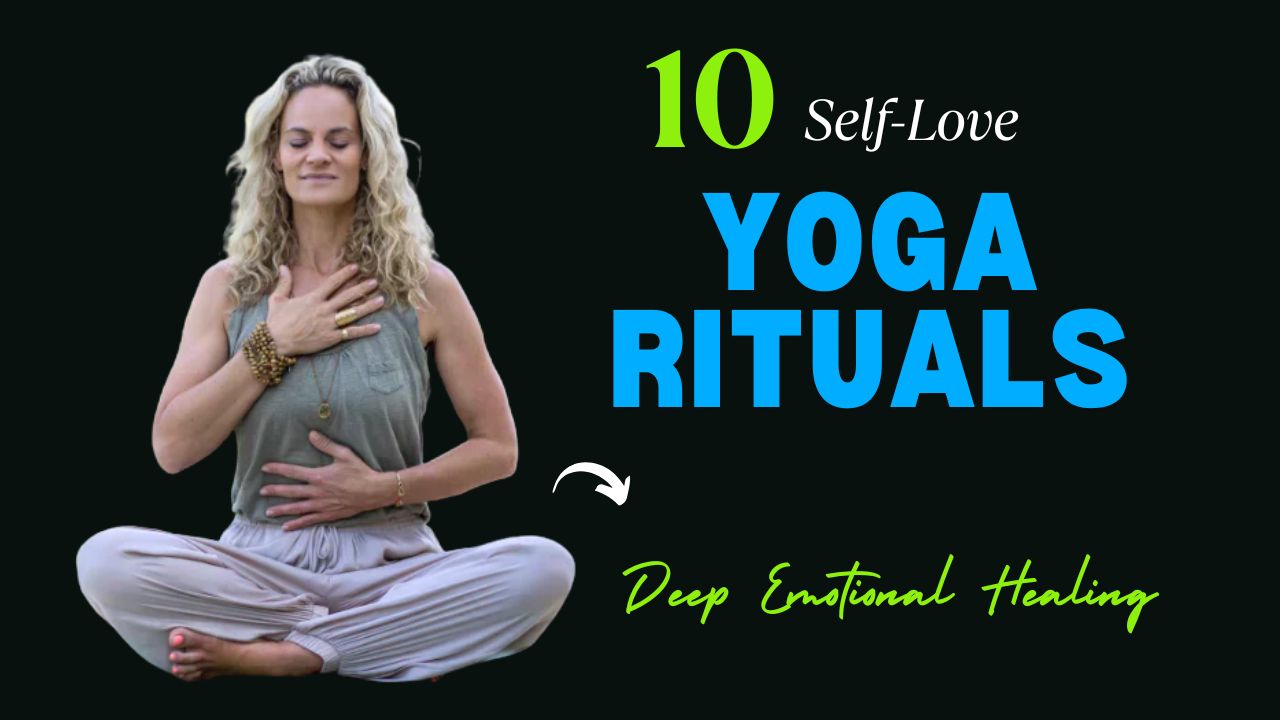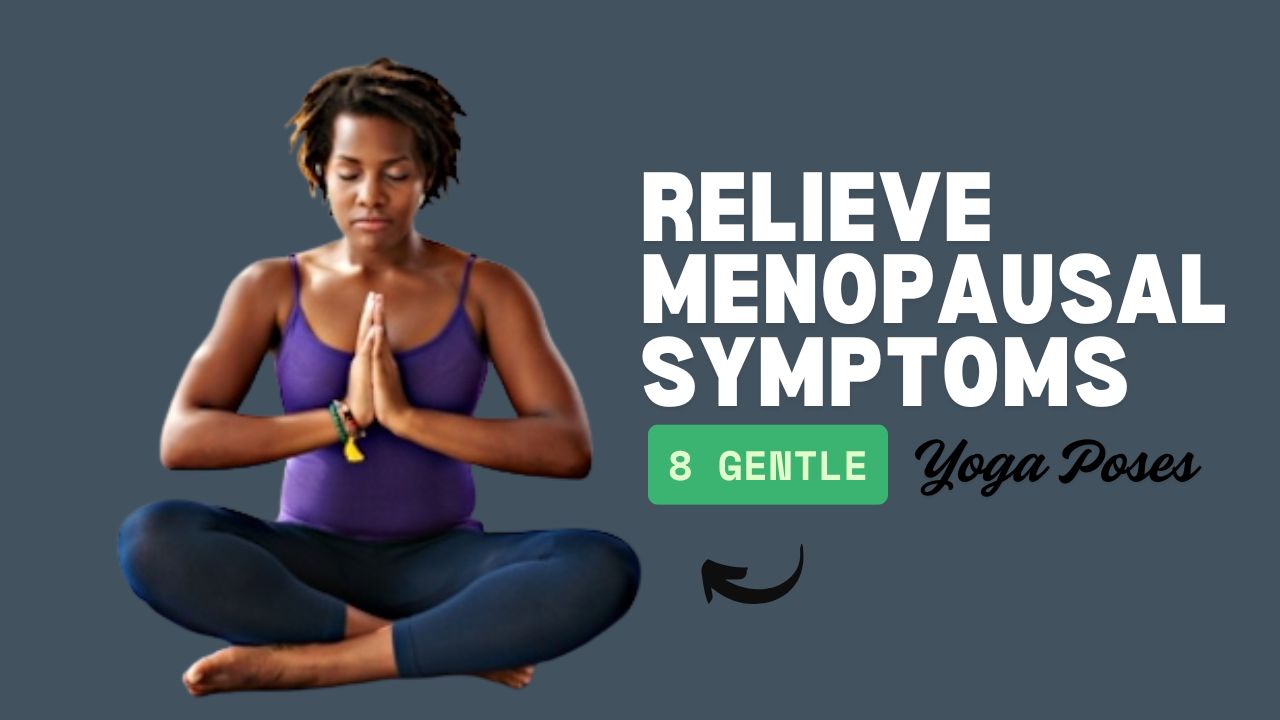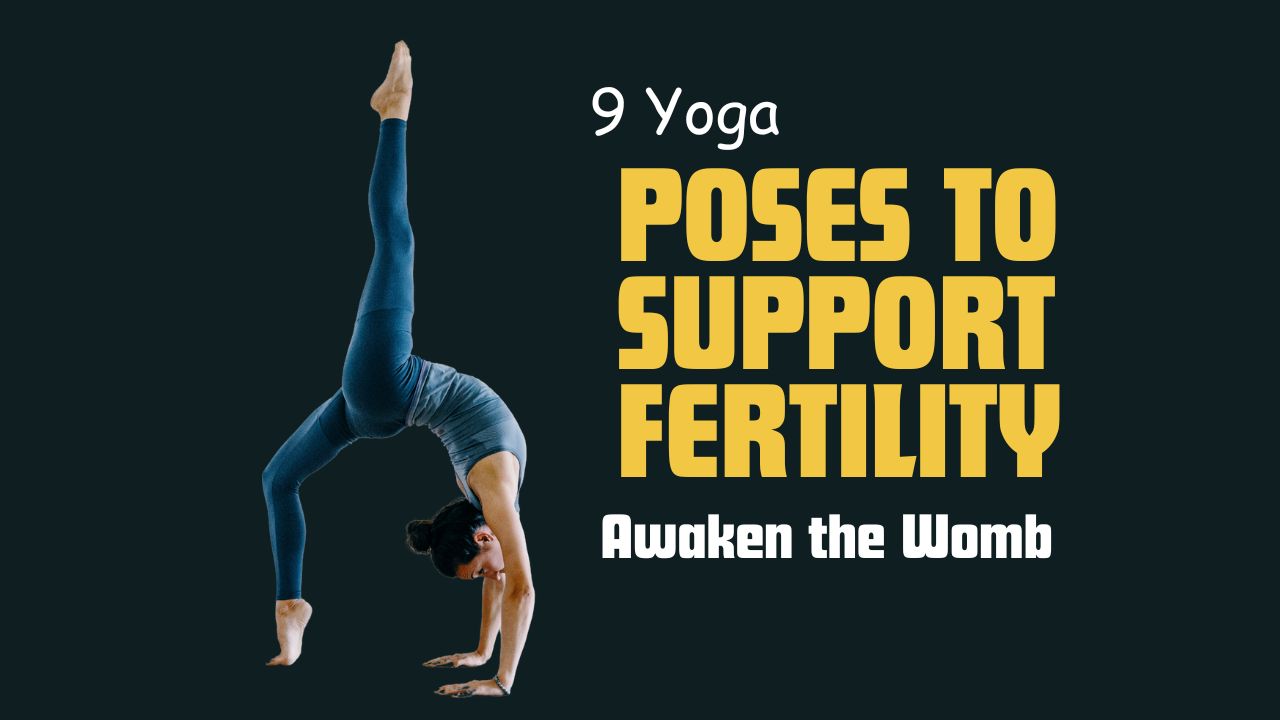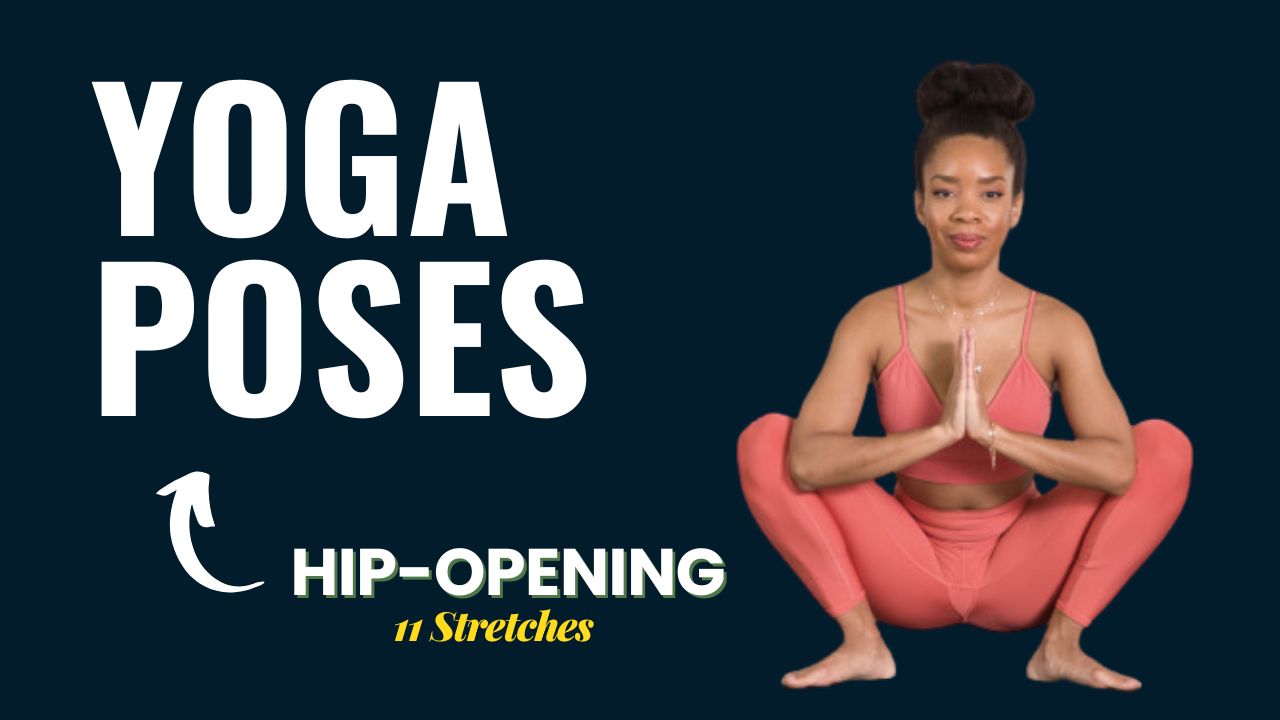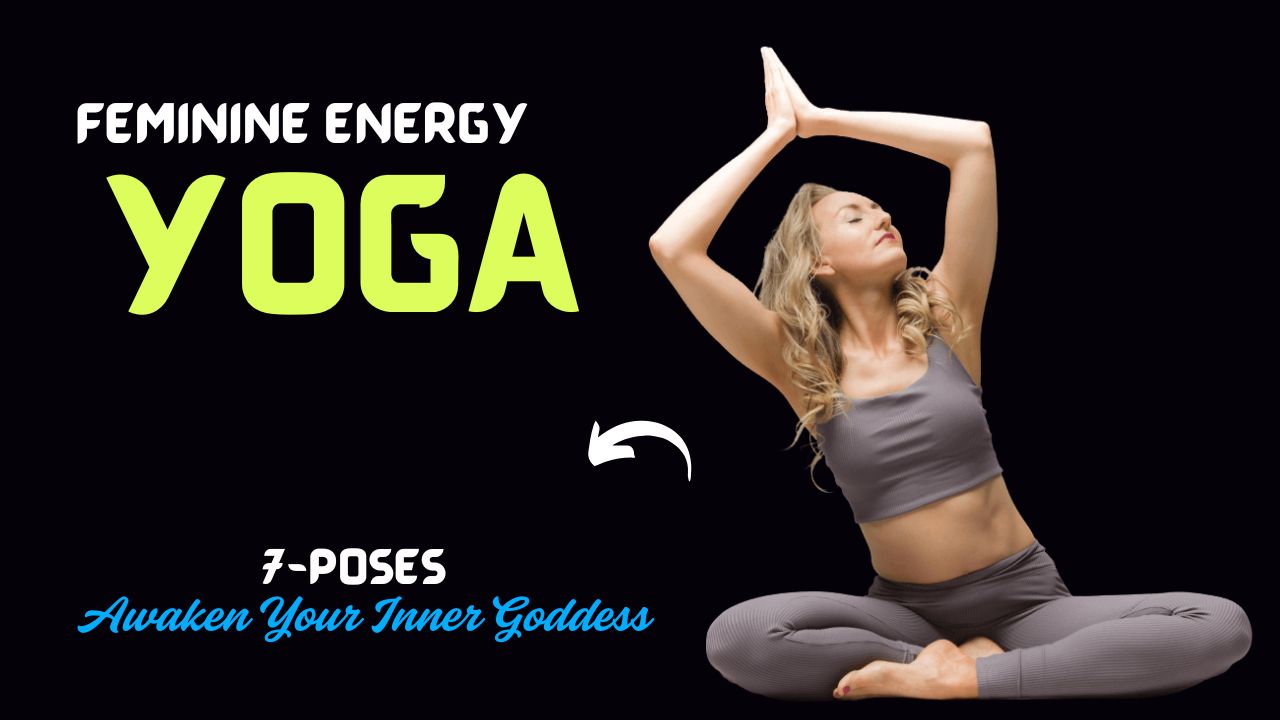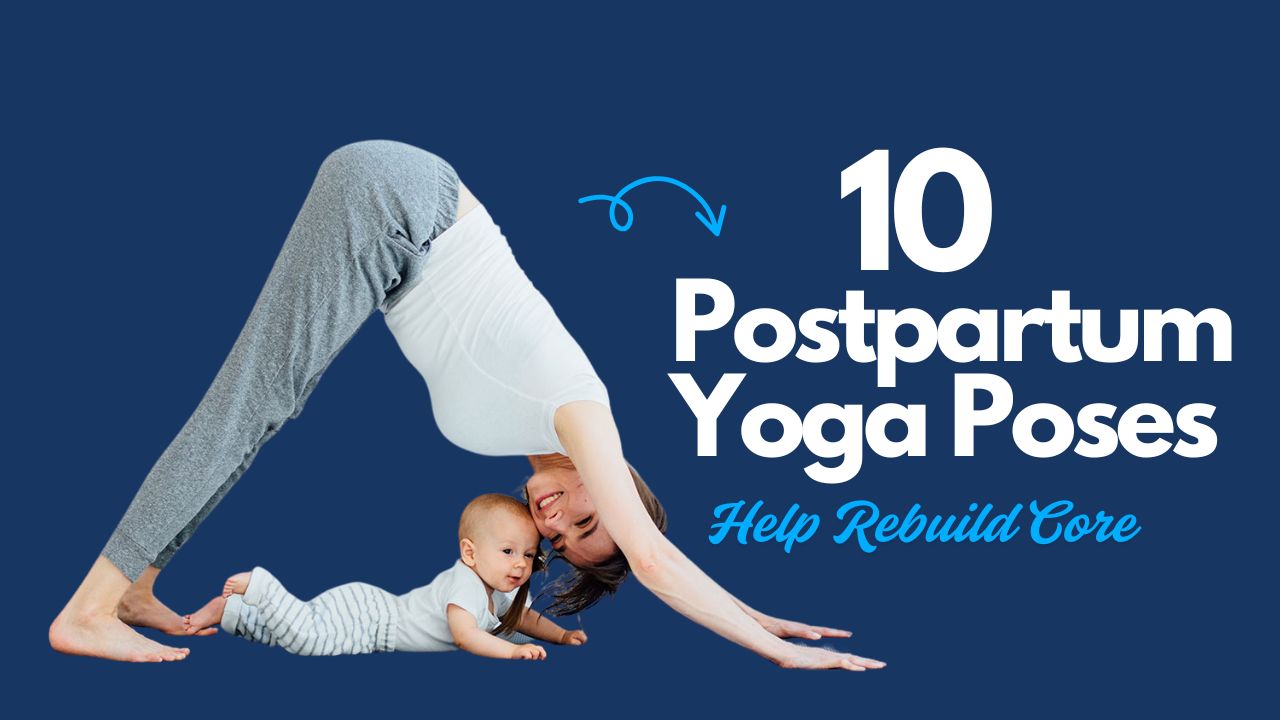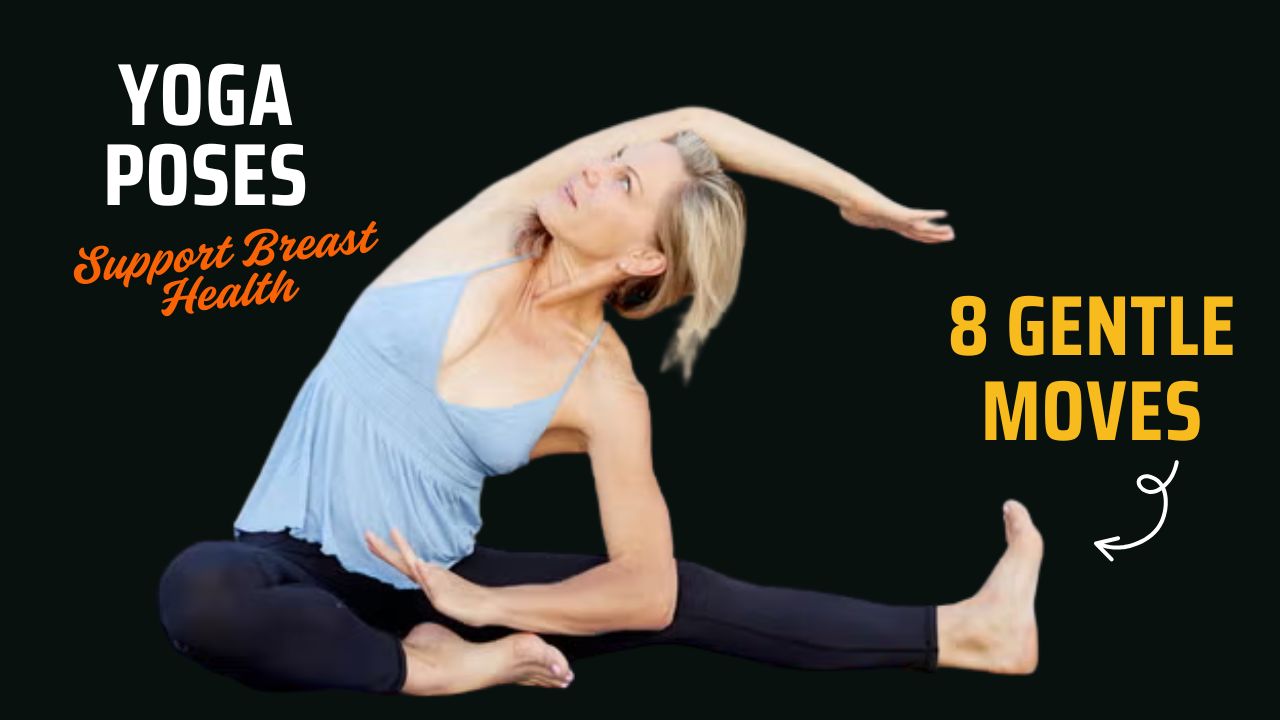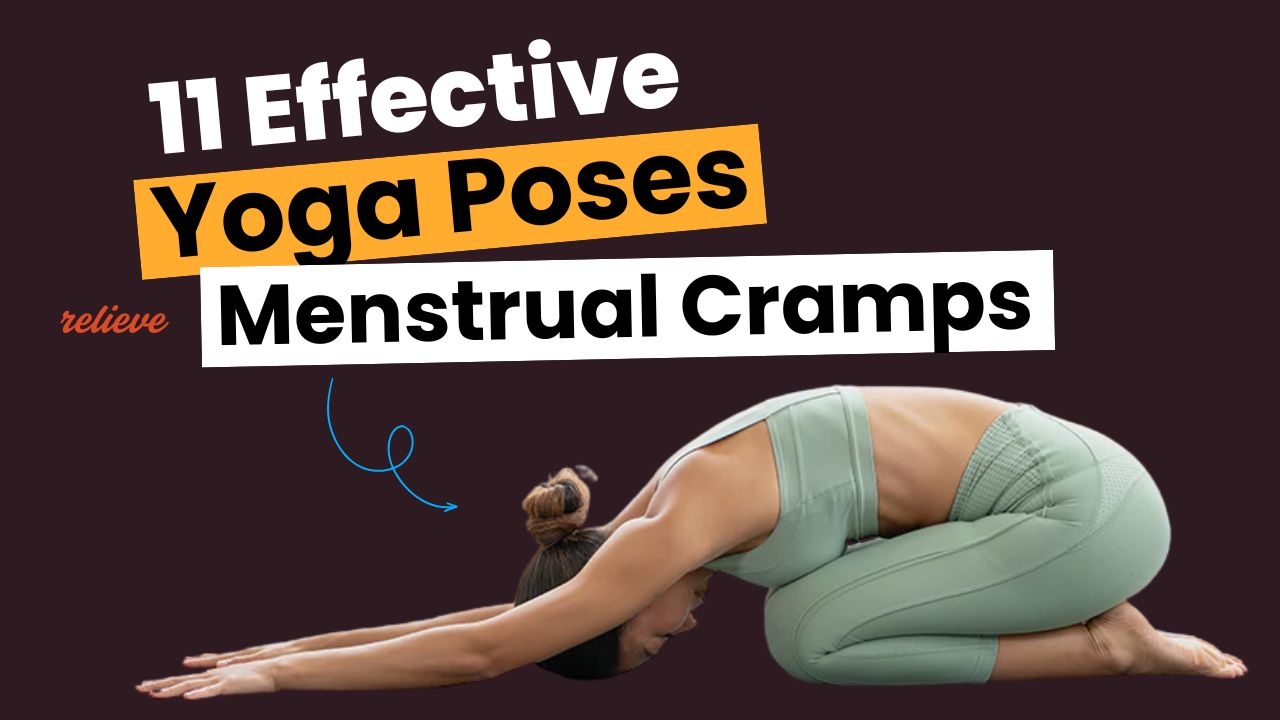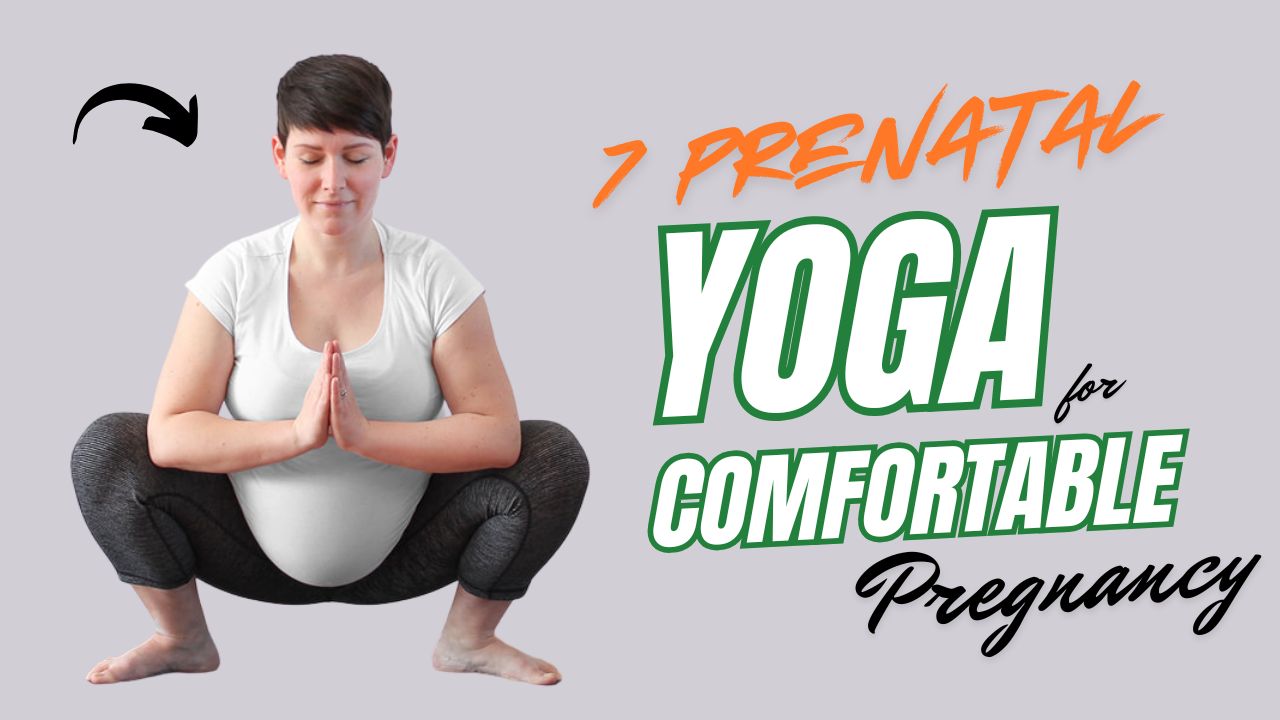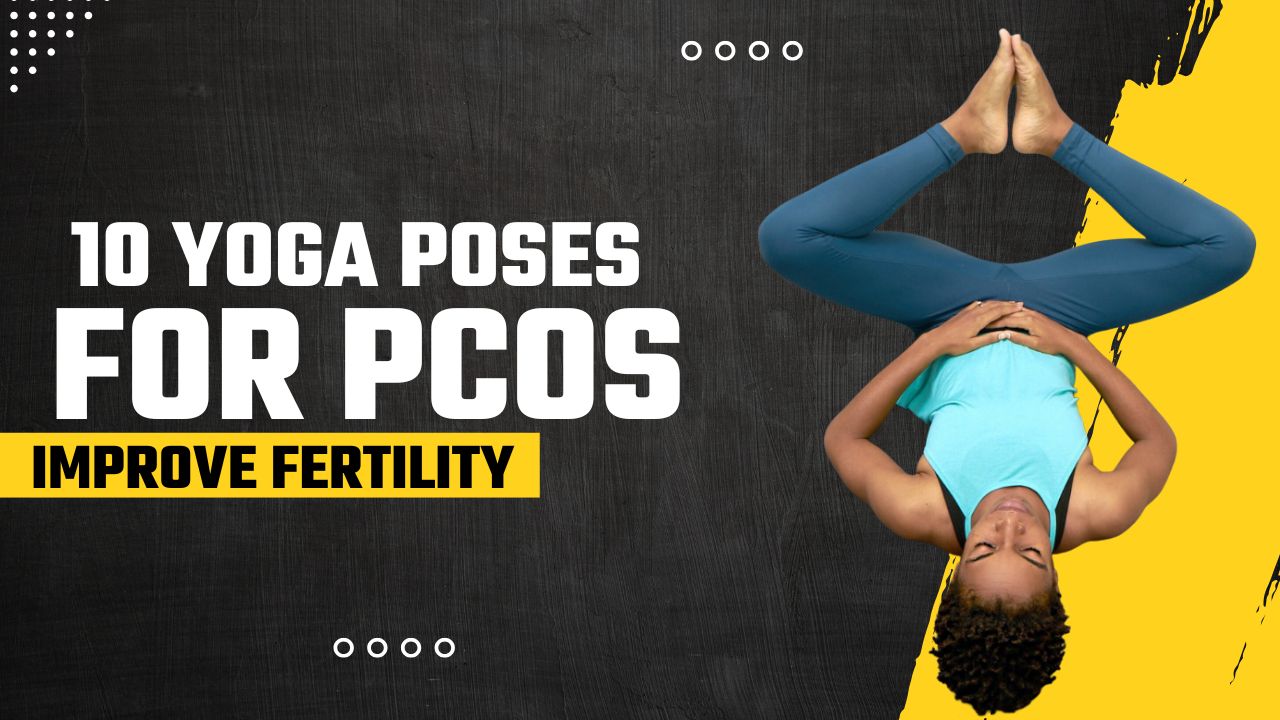Do you know that regular yoga practice can reduce hot flashes, anxiety, and insomnia during menopause—without any medication?
Menopause is a natural transition in a woman’s life, but that doesn’t make it easy. From night sweats and fatigue to mood swings and joint pain, symptoms can feel like a constant uphill climb.
While hormone therapies and medications exist, many women are turning to holistic solutions, and yoga tops the list.
Why yoga? Because it doesn’t just stretch your body; it calms your nervous system, balances hormones, and reduces stress—all of which are key to managing menopausal symptoms.
In this post, we’ll explore 8 gentle yoga poses, carefully selected for their ability to soothe the body, settle the mind, and bring hormonal harmony.
Each pose includes step-by-step “how-to” instructions, making it perfect even if you’re new to yoga.
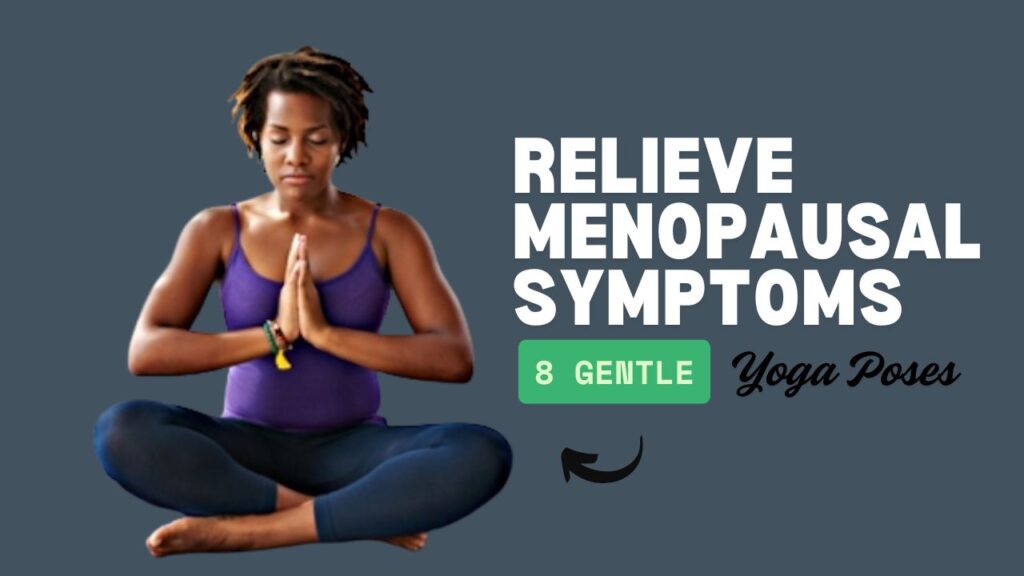
Table of Contents
What Can Happen After 30 Days of Practicing These Gentle Yoga Poses
| Positive Changes You May Notice | Why It Happens |
|---|---|
| Reduced frequency and intensity of hot flashes | Yoga helps regulate the hypothalamus, which controls body temperature |
| Improved sleep quality and deeper rest | Gentle poses calm the nervous system and prepare the body for sleep |
| Less anxiety, irritability, and mood swings | Deep breathing and restorative movement reduce cortisol (stress hormone) levels |
| Increased energy and reduced fatigue | Gentle movement improves circulation and oxygen flow throughout the body |
| Greater flexibility and reduced joint stiffness | Regular stretching increases mobility and reduces inflammation |
| Enhanced body awareness and emotional stability | Mindful practice connects body and mind, creating emotional resilience |
| Better digestion and reduced bloating | Certain poses stimulate abdominal organs and enhance gut motility |
| A deeper sense of calm and mental clarity | Regular practice creates mental space and reduces mental clutter |
Do’s & Don’ts of Practicing Yoga for Menopausal Relief
| Do | Don’t |
|---|---|
| Practice regularly, even if it’s just 10–15 minutes a day | Don’t push your body into discomfort or pain |
| Use props like cushions or blocks for extra support | Don’t compare your flexibility or progress to others |
| Focus on slow, deep breathing in every pose | Don’t rush through the movements |
| Choose a calm, quiet space for your practice | Don’t practice right after a heavy meal |
| Stay hydrated and wear comfortable, breathable clothing | Don’t ignore signs of fatigue or overexertion |
| Listen to your body and honor its changing needs | Don’t force poses that feel unnatural or painful |
| End your session with Savasana to absorb the benefits | Don’t skip the relaxation phase—it’s essential for hormone regulation |
| Consult a healthcare provider if you have underlying conditions | Don’t use yoga as a complete substitute for medical advice or treatment |
8 Poses To Relieve Menopausal Symptoms
1. Reclining Bound Angle Pose (Supta Baddha Konasana)
Best for: Hot flashes, mood swings, fatigue.
How to:
- Lie flat on your back.
- Bring the soles of your feet together and let your knees fall open.
- Support your knees with yoga blocks or pillows.
- Place one hand on your belly and the other on your heart.
- Close your eyes and breathe deeply for 3–5 minutes.
Why it works: This restorative pose opens the hips and calms the nervous system. It’s especially helpful for reducing stress-triggered symptoms like hot flashes and emotional imbalances.
2. Legs-Up-the-Wall (Viparita Karani)
Best for: Fatigue, poor circulation, insomnia.
How to:
- Sit sideways against a wall, then lie back and swing your legs up.
- Adjust your hips close to the wall.
- Keep your arms relaxed by your sides, palms facing up.
- Breathe gently and stay for 5–10 minutes.
Why it works: This passive inversion drains tension from the legs, slows the heart rate, and activates the parasympathetic nervous system, helping ease sleep problems and reduce anxiety.
3. Child’s Pose (Balasana)
Best for: Anxiety, irritability, pelvic discomfort.
How to:
- Kneel on the floor and sit back on your heels.
- Fold forward, resting your forehead on the mat.
- Extend your arms in front or by your sides.
- Breathe into your back body for 1–3 minutes.
Why it works: A deeply comforting pose, Child’s Pose relieves lower back tension and quiets the mind. It’s ideal for those days when everything feels overwhelming.
4. Seated Forward Bend (Paschimottanasana)
Best for: Mood swings, digestion, stress.
How to:
- Sit with legs extended in front of you.
- Inhale, lengthen your spine; exhale, fold forward.
- Let your hands rest on your legs or feet.
- Stay here and breathe for 2–4 minutes.
Why it works: Forward bends soothe the mind and massage abdominal organs, supporting digestion and emotional stability during hormonal changes.
5. Bridge Pose (Setu Bandhasana)
Best for: Hormonal balance, thyroid health, fatigue.
How to:
- Lie on your back, knees bent, feet hip-width apart.
- Press into your feet and lift your hips.
- Interlace hands under your back for more support.
- Hold for 30–60 seconds, repeat 2–3 times.
Why it works: A gentle backbend, Bridge Pose stimulates the thyroid and adrenal glands, which are essential for managing energy and mood.
6. Cat-Cow Stretch (Marjaryasana-Bitilasana)
Best for: Joint stiffness, back pain, emotional release.
How to:
- Start on hands and knees in tabletop position.
- Inhale, arch your back (Cow), lifting your head and tailbone.
- Exhale, round your spine (Cat), tucking chin and pelvis.
- Flow slowly for 1–2 minutes.
Why it works: This dynamic movement lubricates the spine, eases joint stiffness, and creates a rhythmic breathing pattern that helps reduce emotional stress.
7. Supported Fish Pose (Matsyasana Variation)
Best for: Chest tightness, breathing difficulties, hot flashes.
How to:
- Place a yoga block or firm pillow under your upper back and one under your head.
- Lie back, letting your arms fall open to the sides.
- Relax and breathe into your chest for 3–5 minutes.
Why it works: This heart-opening pose relieves chest pressure and encourages deep, cooling breaths. It can help regulate body temperature and reduce hot flashes.
8. Savasana (Corpse Pose)
Best for: Overall relaxation, sleep support, grounding.
How to:
- Lie on your back, legs slightly apart, arms by your sides.
- Close your eyes and soften every muscle in your body.
- Stay for 5–10 minutes, focusing on slow, steady breathing.
Why it works: Savasana may look simple, but it’s a powerful tool for healing. It allows your body to absorb the benefits of the entire practice and cultivates stillness—something that’s often missing in our menopause journey.
Myths Around Menopause and Yoga
- Myth: Yoga can’t help with real hormonal symptoms.
Truth: Studies show that yoga reduces cortisol, the stress hormone that worsens menopausal symptoms. - Myth: Only intense exercise helps.
Truth: Gentle, restorative yoga is often more effective for symptoms like hot flashes, anxiety, and poor sleep.
Final Thoughts
Menopause doesn’t have to be a season of suffering. With gentle, consistent yoga practice, you can support your body and mind in ways that medication alone cannot.
These poses don’t require flexibility or prior experience—just a quiet space, a few minutes, and a willingness to listen to your body.
Even practicing just 2–3 of these poses daily can begin to shift how you feel—from fatigued to energized, from anxious to calm. Don’t underestimate the power of stillness, breath, and movement in restoring balance during this pivotal stage of life.
Frequently Asked Questions (FAQs)
Can yoga really help with menopausal symptoms?
Yes, yoga has been shown to reduce common menopausal symptoms like hot flashes, mood swings, sleep disturbances, and anxiety. It works by calming the nervous system, promoting hormonal balance, and improving blood circulation.
How often should I practice these yoga poses to see results?
For noticeable benefits, aim to practice 3–5 times per week. Even short daily sessions (10–20 minutes) can bring significant relief over time.
Do I need to be flexible or experienced in yoga?
Not at all. The poses shared in this guide are gentle, beginner-friendly, and designed for all body types. You can use props like pillows or yoga blocks to support your body.
Which symptoms are most likely to improve with yoga?
Women often report reduced hot flashes, less anxiety, improved sleep, better mood, and relief from joint or back pain after incorporating gentle yoga into their routine.
Is it safe to practice yoga during perimenopause or early menopause?
Yes, in fact, beginning yoga during perimenopause can help ease the transition into menopause. Always listen to your body and consult a healthcare provider if you have any medical conditions.
Can yoga replace hormone therapy or medication?
Yoga is not a replacement for medical treatments, but it can be a powerful complementary practice. Always consult your doctor before making changes to any treatment plan.
What time of day is best for practicing these poses?
Evening sessions help with sleep and relaxation, while morning practice can energize your body and reduce stiffness. Choose the time that fits best into your daily routine.
Do I need special equipment to do these poses at home?
All you need is a comfortable mat. Optional props like bolsters, cushions, or yoga blocks can provide extra support and comfort, especially in restorative poses.
